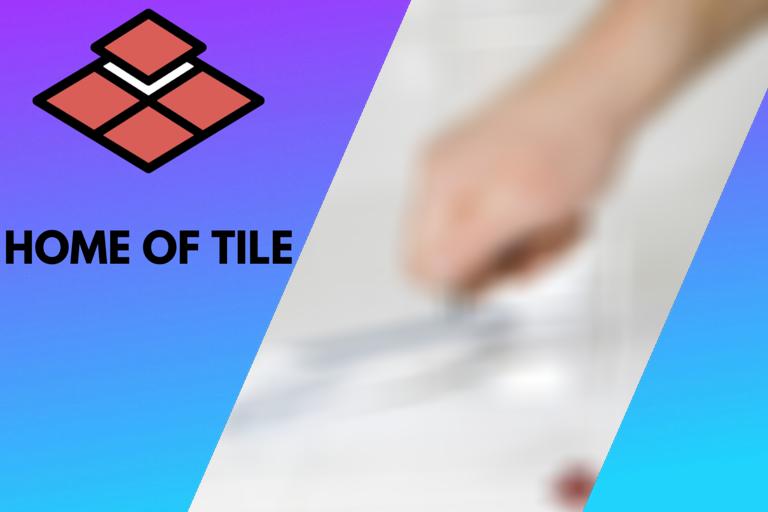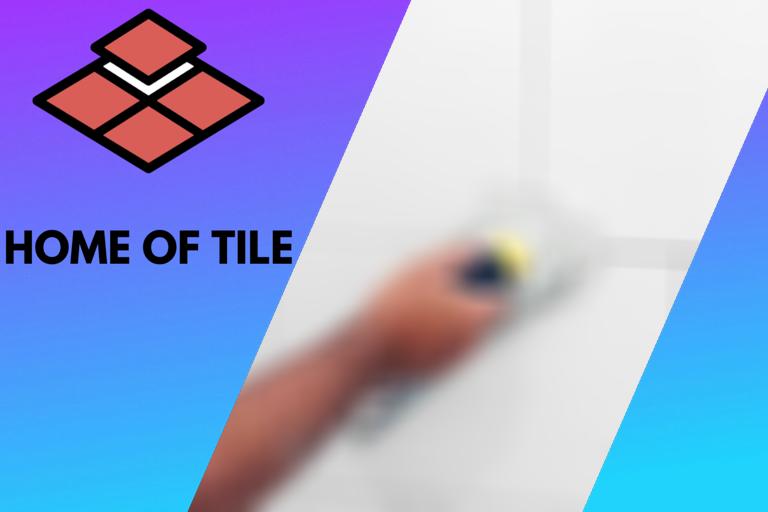What Is a Grout Float? What professionals say
‘Grouting’ is the process of filling spaces between tiles with a thin layer of grout, often cement or latex based, to seal the tile and give it a uniform color. Grout floats are the perfect tools to help you achieve the nice and even grout lines you have always wanted.

A grout float is a flat, rectangular, metal, or plastic board with a handle at one end and a curved edge at the other. It is an essential tool for tiling installations. You can use it to spread the grout on the surface before tiling and make sure it fills in all the gaps evenly after smoothening.
There are different types of these tools, but they all serve the same function: to push and distribute mortar evenly over an area. In this article, we will cover the different types of grout floats, how they work, how to maintain them, and which one you can use so keep on reading!
Contents
Main Components of a Grout Float
The grout float or grouting float is a tool used in the final stage of the grouting process. The grout float has three major components: a flat head, a rounded edge, and a long handle.
The flat head is often made of plastic and features two sides with abrasive pads. One side has coarse pads, while the other side has fine pads. The rounded edge also has abrasive pads on both sides, but it is usually made of metal or other hard materials.
Finally, this tool’s long handle, which gives it its name, allows for comfortable use over any surface at any height.
Different Types of Grout Floats
There are different types of grout float, and the most common one is the metal trowel which is used for smoothing out the grout and making sure that there are no gaps in between tiles.
A plastic float is a good choice if you’re installing new tiles in an area with a lot of water as they will not rust or corrode. The steel version is used for heavy-duty scrubbing jobs, like when you need to get rid of old sealant or adhesive.
Plastic or Rubber floats are less heavy-duty than the steel ones, but they’re better at sealing jobs that require less pressure on the joints between tiles.
Grout floats come in two styles: straight and curved. They are all designed to be used for the same purpose, but they each have their unique qualities. Straight floats are best for creating long, flat surfaces, while curved or wavy floats work well for vertical surfaces or corners.
The first type is called the “straight float,” having a deep groove that runs the float’s length, making it perfect for spreading grout at an even depth. The straight float is often the most popular choice because it can be used on horizontal and vertical surfaces without any issues.
The second type is called the “angled float.” This is good for corners and tight spaces because it has a shallow groove on one side and a deep groove on the other.
Best Practices for Using a Grout Float
A grout float requires no special skills or training to use – just some patience and time. Here are some tips you can follow to ensure that you use suitable grout for your tiling.
- The first step is to check that your tile has been laid correctly, with no gaps or overlaps. If there are any gaps, use a grout float to fill them in.
- Use a small amount of water on the tile surface, and then use the grout float to push it into the gap between tiles. Grout float should be damp before use but not too wet that it is dripping. It will not distribute the grout correctly if it is too dry.
- Always use a grout float with a sponge on one side and a rubber blade on the other side. This will allow you to create an even surface without damaging your tiles or grout lines. Use your fingers if you need more pressure.
- The most important thing to keep in mind when using a grout float is that it should be pushed along the tile’s surface, not dragged across it. Dragging the float across the tile can cause damage and uneven application of grout.
- When using a grout float, always start at one end of the tile row and work your way down. If your project concerns walls and floors, you should always start with the walls to handle the mess with utmost patience.
Here’s a video from Tile and Stone Super-PRO that shows how to properly use a grout float single-handedly and also with both hands while working on the floor tiles:
How To Choose the Perfect Grout Float for Your Tiles
There are many different types of grout floats on the market, so it can be challenging to know which one is best for your needs. When choosing the best grout float, the type and size of the tiles should be matched up as much as possible to get the perfect finish.
- Determine your needs and preferences. If you need a large area to be finished quickly, then a metal-edged float would be more suitable for you as it is quicker than both wood and plastic ones.
- Consider the relevant factors before choosing a grout float. The size of the tile, the type of grout, and whether you want to use a sponge or not are all important considerations.
- The size of the grout float you need depends on what you’re working with. If you’re working with floor tiles, a smaller one will do, but if you’re working with wall tiles, a larger one is better. The shape of the grout float also matters, and it’s essential to choose something that suits your needs.
Conclusion
The grout float is used to spread grout evenly across the surface of tiles, making sure that there are no gaps between the tiles.
There are two types of floats available: metal-handled or plastic-handled floats. The metal-handled float is more durable but can scratch your flooring if not used carefully enough, while the plastic-handled one is less likely to scratch your floors. Still, it isn’t as durable and will eventually break down over time with repeated use.







